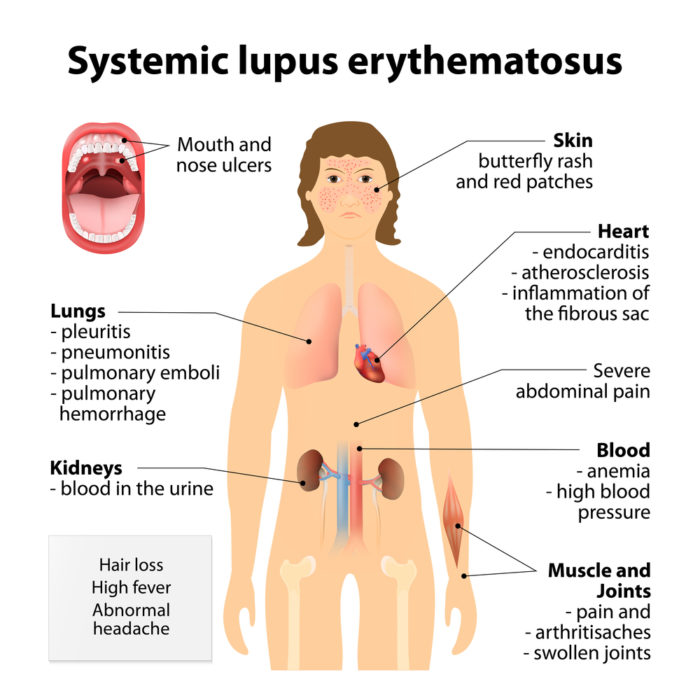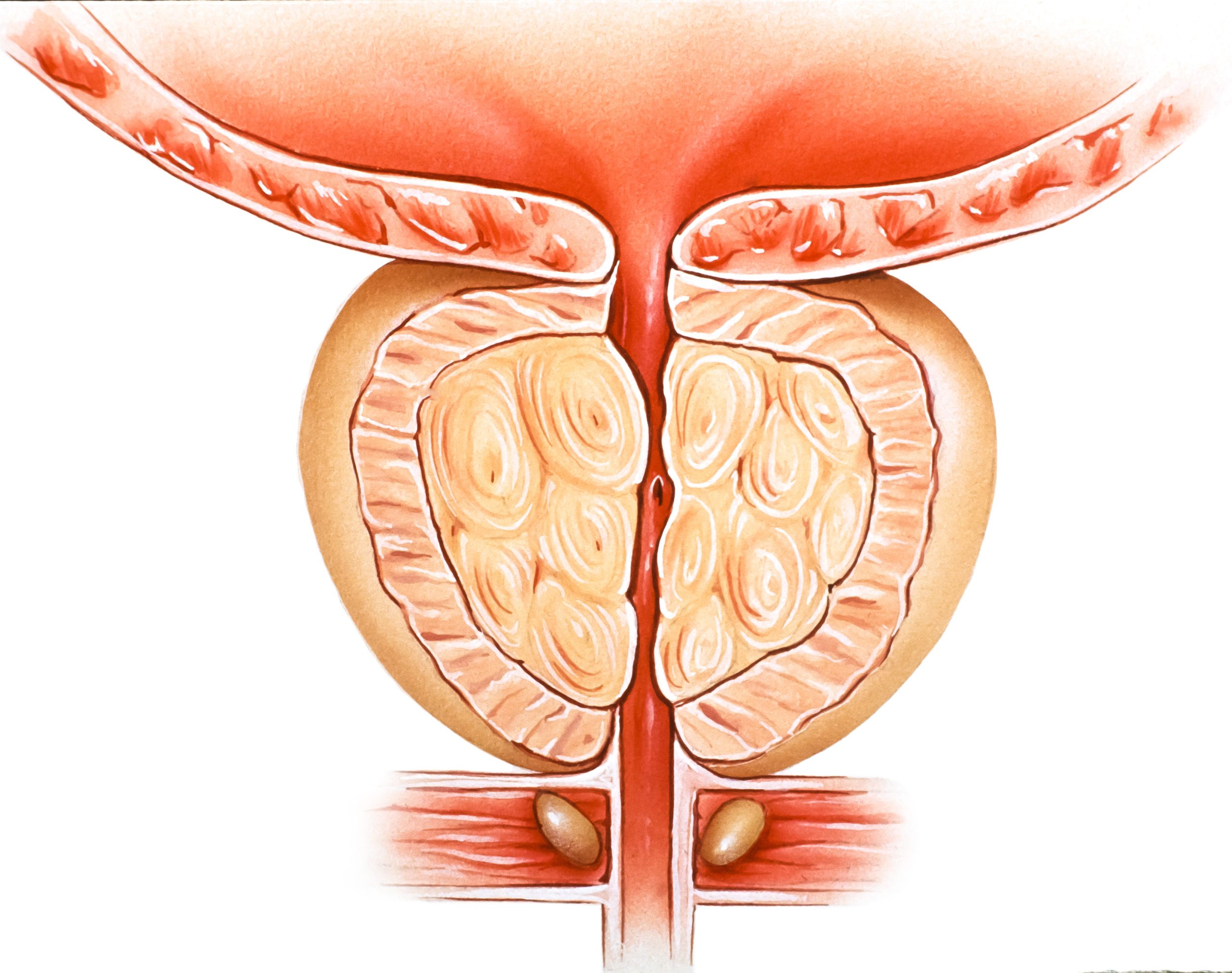
The difficult disease – Lupus
July 17th, 2023The difficult thing about the autoimmune rheumatic disease Lupus is that it’s hard to diagnose. Lupus symptoms come in different combinations. It mimics many other diseases and conditions, such as fibromyalgia. There’s no cure and no single test for the diagnosis of Lupus. Drug development for the disease is way behind other rheumatic disorders or diseases. Scientists are now focusing on understanding what underlies the difficult disease.
The difficult disease
Lupus can develop at any age. It is more prevalent in women and four times more likely in African/Asian women. 1.5 million people in the US have the disease, and 90% are women. The disease develops when the body’s defence system produces antibodies that attack the body’s tissue and organs leading to a failure of mechanisms within the body.
It can strike without warning
The disease causes impaired inflammatory activity that is unpredictable. It strikes without warning, flare-ups and relapses make it challenging to live with, and it can become a daily struggle. For some, it’s a silent disease with no physical signs. For others, it can cause disfiguration or include a butterfly-shaped rash on the face and body.
There are 4 types of Lupus
There are 4 types of the disease, the most common form being Systemic Lupus Erythematosus (SLE). The less common are Chronic Cutaneous Lupus, Drug-induced Lupus or Neonatal Lupus.
Find out more about the different types of the disease.

Symptoms can be mild, moderate and severe and come in different combinations:
- Headaches, photosensitivity, panic attacks and fatigue
- Swelling of the hands, feet and around the eyes
- Disfiguring bone disorders
- Insomnia and broken sleep
- Lung, heart and kidney damage
- Anaemia, ulcers and blood clotting
- Blue and white fingers
- A butterfly-shaped rash
- Hair and skin problems
- Weight loss or weight gain
What underlies this difficult disease?
Lupus is a complex disease. It can have a devastating impact on a person’s life. It causes pain and inflammation anywhere in the body.
The cause is unknown, and scientists are trying to learn what triggers the body to attack its own tissues and organs.
Scientists are focusing on understanding what underlies the difficult disease, looking for a better chance of remission. The researchers are focused on learning more about how the disease develops. They are looking at the period of inflammation leading up to full-blown Lupus. It can take 5-10 years before symptoms develop.
Fotios Koumpouras, director of the Yale Lupus Program which provides a comprehensive evaluation of and treatment to Lupus patients explains, “We want to be better equipped to identify who needs more intensive therapy right off the bat.”
Joseph Craft is a rheumatologist devoted to understanding systemic lupus erythematosus (SLE). Joseph cares for patients and directs a Yale School of Medicine Laboratory, and he believes the research will lead to the development of other new drugs for the disease.
Read more about the new Lupus treatments that offer a better chance for remission.
Knowing who to test, when to test and who should be treated
The knowledge that the disease can take 5-10 years before symptoms develop makes it hard to know who should be tested, when they should be tested, and who should be treated. Studies show that certain factors may trigger your immune system causing the disease. These factors include:
- Genes – genes could be carrying instructions to proteins that affect the immune system
- Environment – exposure to the sun, smoking, medication and viral infections
- Immune inflammatory influences – when the body doesn’t try to remove dead cells and tricks the body
There’s no one test for Lupus it’s a combination of some or all of the following:
- Blood count
- Erythrocyte sedimentation rate
- Kidney and liver assessment
- Urinalysis
- Antinuclear antibody test (ANA)
- Biopsy of kidney tissue
- Skin biopsy
- Chest x-ray
- Echocardiogram
- Screening
Currently, the drugs that are available to treat Lupus are:
- Methotrexate
- Azathioprine
- Belimumab
- Rituximab
- Cyclosporine
- Hydroxychloroquine
- Prednisolone
Self-care for Lupus
Common triggers for the symptoms of the disease are overworking with no rest, overexposure to sun and light, infection, injury, stopping Lupus medication, and using other medication.
The most common signs of relapse are feelings of being overtired, pains in the body, a rash, fever, stomach ache, headaches and dizziness.
A tailored treatment plan for a sufferer should include check-ups and monitoring with a doctor or rheumatologist. A person should know the signs that a flare-up is coming, limit their exposure to certain types of light, have a good sleeping routine and create a support system from people around them. Staying active and hydrated is also important.
Certain foods can affect Lupus disease. Alfalfa sprouts are top of the list to avoid, as well as highly processed foods, trans fats, sugar, salt and too much garlic. The best diet to follow is a Mediterranean diet, full of fruit, fish, grains, nuts and vegetables.
To normalise the function of the immune system, there are two products worth a mention:
Crystagen is a peptide complex containing amino acids that contribute to the normalisation of the function of the immune system. This sublingual Bioregulator is suitable for Vegetarians and Vegans: https://profound-health.com/product/immune-system-lingual-bioregulator-crystagen-sublingual-drops/
Nemorex® contains a two chain of amino acids, that is clinical proven to be effective in immunomodulatory bioregulators.
What is an Immunomodulatory Bioregulator?
A substance that stimulates or supresses the immune system that works to help the body to fight various illnesses.
Benefits Include:
- Boost immunity.
- Prevent various illness.
Find out more: https://profound-health.com/product/nemorex/
World Lupus Day
In May people around the world united to share personal stories and scientific developments. You can see the highlights from May 2023 here.
Support and join them next year on the 10th of May 2024. #makelupusvisible #worldlupusday
References
- https://www.usinlupus.com/basics-of-lupus/types-of-lupus/#:~:text=When%20people%20talk%20about%20lupus,induced%20lupus%2C%20and%20neonatal%20lupus.
- https://www.yalemedicine.org/news/new-lupus-treatments
- https://www.lupusuk.org.uk/diet-and-healthy-eating/#:~:text=Lupus%20affects%20people%2
- https://www.lupusuk.org.uk/wp-content/uploads/2015/10/Lupus-Healthy-Eating.pdf
- 0in%20many,one%20to%20follow%20and%20is
- https://www.niams.nih.gov/health-topics/lupus#:~:text=The%20cause%20of%20lupus%20is,the%20person’s%20tissues%20and%20organs.
- https://worldlupusday.org/tool-kit/








